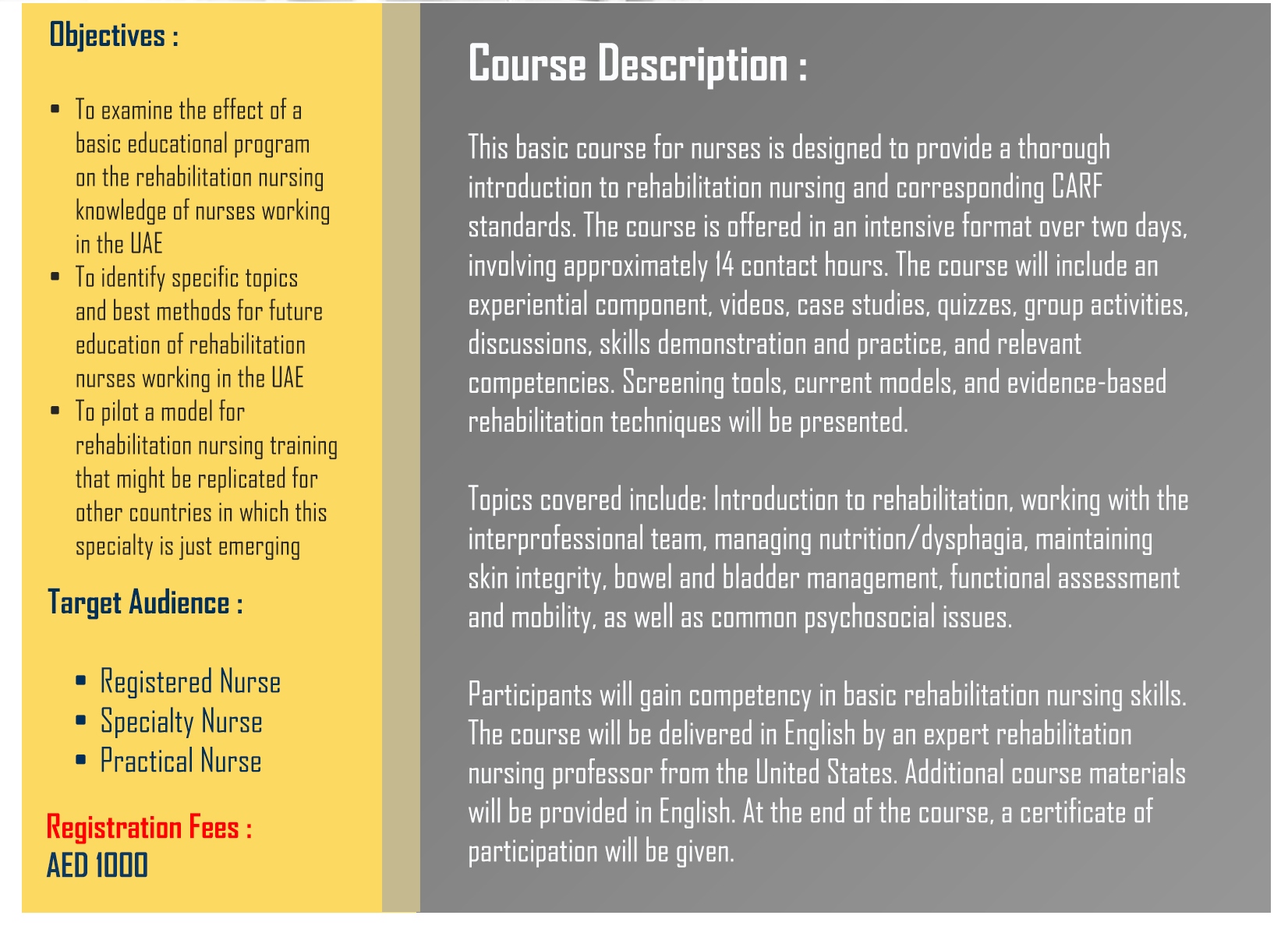Dr. Mauk’s Boomer Blog
Each week, Dr. Kristen Mauk shares thoughts relevant to Baby Boomers that are aimed to educate and amuse.
Dr. Kristen L. Mauk, PhD, DNP, RN, CRRN, GCNS-BC, GNP-BC, FAAN

Resolve To Be A Healthier You
Most of us have New Year’s resolutions. One of my new goals for 2020 is to age better. Andrew Weil, MD, in his bestseller Healthy Aging: A Lifelong Guide to Your Well-Being (2005) said, “to age gracefully requires that we stop denying the fact of aging and learn and practice what we have to do to keep our bodies and minds in good working order through all the phases of life” (p. 7). You may well ask, “how does one do that”? For me, it means actually practicing what I preach. We are fortunate today to have so much research and information on aging that we can pinpoint some specific areas that are common to successful aging. I have taught these to numerous students and groups of older adults, but it wasn’t until I joined the over 50 age group that this knowledge seemed more personally applicable. So, let me share with you five keys that both scientists and the oldest old persons in our society have found contribute to healthy aging.
Have a positive attitude towards life. This includes having good coping skills and being able to deal with grief and loss appropriately. Most centenarians will say that you should always having something to look forward to. Make a list of places you want to travel this year, vacations to take, people you need to visit, or things that need to be fixed around the house. Then start to cross them out as you do them, and bask in your accomplishments.
Maintain key relationships. These include having a stable marriage and/or being involved in a religious or social community. In George Vaillant’s book Aging Well (2002), he reported the results of the Harvard Study of Adult Development. Generativity, or selfless investment in others (including the next generation), was found to be the best predictor of a long and happy marriage. Likewise, studies show that older persons who affiliate with a religious organization, such as attending church regularly, report better health and better social support systems, and tend to remain independent longer.
Maintain a healthy weight through proper nutrition. Eat a diet with plenty of fiber, fruits, vegetables and water. Limit saturated fats, salt, processed foods, and less useful calories from alcohol or sugary drinks.
Stay active. Physically, do some moderate exercise on most days of the week. For persons who are older and unable to do strenuous activity, remember that regular daily chores that include continuous motion such as doing laundry, gardening, or cleaning house can count as exercise and can also be spread throughout the day to accumulate the recommended 30 minutes of activity. If able, brisk walking is highly recommended. Keep your mind active as well. Resolve to take up a new hobby such as a craft, learning to play an instrument, or studying a foreign language. Working puzzles, playing cards, and reading are also good ways to stimulate your brain function and keep your memory sharp.
Avoid negative behaviors such as overeating or drinking too much alcohol. Adopt an attitude of “everything in moderation”. Don’t smoke, and if you do smoke, stop. Sadie Delany (1994) at over 100 years of age wrote in her book Having Our Say, “so you want to live to be 100. Well, start with this: No smoking, no drinking, no chewing” (p. 11).
Resolve with me to age more gracefully during 2020 and let’s see how we do. Do you have any secrets of healthy aging that have worked for you or your parents/grandparents? Please share them with us.
Senior Care Costs: How to Cover Life Transitions (Barry Bridges March 9, 2018 Bankrate)
 Helping a parent transition from independent living to professionally assisted care can take a toll, not only emotionally but also financially.
Helping a parent transition from independent living to professionally assisted care can take a toll, not only emotionally but also financially.
Research shows median costs rising across a range of senior living options. Adult children can face tremendous pressure to help pay those costs, especially when their parents’ condition deteriorates quickly. What do you do when Mom or Dad needs help but you’re waiting for their house to sell or their government benefits to be approved?
Fortunately, you may not have to face these short-term difficulties on your own. Adult children have several options for financing senior care, including the transition stage, that can provide some relief.
What does senior care cost?
Costs can vary widely depending on required level of care, location, and other factors. In general, a 2017 study paints a statistical picture that ranges from $18,000 per year for adult day care to $97,000 per year for a private room in a nursing home.
Median costs of long-term senior care
Monthly
Annually
Adult day care
$1,517
$18,204
Assisted living (one-bedroom)
$3,750
$45,000
Homemaker services
$3,994
$47,928
In-home health aide
$4,099
$49,188
Nursing home (semi-private)
$7,148
$85,776
Nursing home (private)
$8,121
$97,452
Source: Genworth Financial 2017 Cost of Care Study
Note: Median is the statistical midpoint between highest and lowest, not the average.
Unless your parent qualifies for public assistance or your family has considerable financial resources, paying even a modest amount for senior care could prove challenging. Those challenges make it essential for adult children and their families to explore their options, especially when they need transition funding in a timely manner.
Short-term options for senior care
When it comes to senior care, most funding options focus on the long term rather than the short term. But, depending on your situation, you do have a few short-term options to consider. They include:
Personal loans
You might consider a personal loan to help finance a parent’s transition to supervised care. Don’t think of personal loans as limited to cars or real estate — they can provide cash for a wide range of one-time expenses.
In fact, a specialized type of loan has become more common in recent years as families look for creative solutions to financing elder care. The term “bridge loan” usually applies to selling one house and buying another, but an elder care bridge loan is designed specifically for senior care transitions.
The typical scenario for an elder care bridge loan involves a senior moving into an assisted living facility. The borrower would take out the loan to help with moving costs, entrance fees, and other short-term expenses.
Banks and other lenders may offer two types of bridge loans for elder care:
A secured loan: This type of loan, sometimes called a capital access program, uses real estate and other assets as collateral. The borrower gets a lump sum upfront.
An unsecured line of credit: This option works like a credit card, with the borrower using funds as needed.
The type of senior bridge loan you choose depends on your situation. If you need a large amount of money immediately, for example, you may prefer a secured loan.
This type of personal loan is a relatively new financial product, but the same basic guidelines for any type of loan still apply. Pay particular attention to deciding between fixed-rate and variable interest, and keep in mind that any secured loan requires putting up assets as collateral.
Reverse mortgages
Using a reverse mortgage to pay for senior transition usually involves a specific set of circumstances. In the typical scenario, one elderly parent moves into a facility while his or her spouse remains in their home and retains ownership. The reverse mortgage allows the spouse to convert the equity in the home into cash.
Remember that a reverse mortgage carries the same risk as any type of secured loan, namely collateral. Other potential drawbacks include borrowing limits and eligibility requirements, as well as high closing costs and fees. For those reasons, many financial advisers caution against reverse mortgages except as a last resort.
Intra-family mortgages
Most reverse mortgages involve borrowing from a traditional lender, such as the Federal Housing Administration’s Home Equity Conversion Mortgage program. In recent years, however, intra-family mortgages have emerged as an alternative to traditional reverse mortgages for senior care financing.
An intra-family mortgage for senior care allows family members to provide the financing instead of banks or other outside sources. This option, arranged by an attorney, could certainly provide funds to help a senior relative transition to some level of custodial care.
Some family caregivers choose an intra-family mortgage to avoid dealing with closing costs, fees, eligibility requirements, borrowing limits, and other factors associated with traditional lenders. On the other hand, that same lack of structure could lead to the borrower getting in over his or her head.
Above all else, remember that mixing business with family can become a source of tension and conflict.
Comparing short-term options
Quick cash infusion
Paperwork/red tape
Senior bridge loans
YES
Moderate
Reverse mortgages
YES
High
Intra-family mortgages
YES
Moderate
What about interest and fees?
Paying back the principal plus interest is, of course, standard procedure for loans and mortgages financed by banks and similar lenders. Although intra-family mortgages may bypass interest and fees, you’ll still have to pay an attorney for setting up the agreement. You may also need the services of a lending agency to assist you in drafting the paperwork.
What’s your ideal solution?
Every option has its pros and cons. Your individual circumstances will determine which one offers the best combination of affordability and convenience. Just don’t lose sight of the fact that almost any activity involving money can become an expense in itself.
From the short term to the long run
Once you’ve found a short-term solution for senior care transition, keep in mind that more work lies ahead. You’ll need to start thinking about long-term funding options, such as Medicare, Medicaid, long-term care insurance, insurance conversions and more.
For the immediate future, though, rest assured that you have short-term options that can help you and your family take the first step on the journey.




